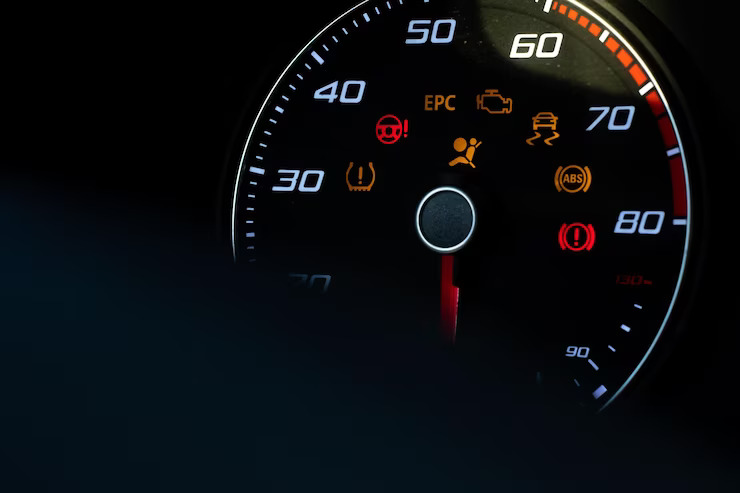When considering the purchase of an accident-damaged car in South Africa, it is essential to prioritize safety. Evaluating the safety ratings and crash test results of the vehicle can provide valuable insights into its ability to protect occupants in the event of a collision. Understanding the safety features and performance of the car will help you make an informed decision. In this article, we will explore the importance of assessing safety ratings and crash test results when buying an accident-damaged car in South Africa.
- Safety Ratings and Assessments: Before purchasing an accident-damaged car, research the safety ratings and assessments provided by reputable organizations such as the Global New Car Assessment Programme (NCAP) or the South African New Car Assessment Programme (SA-NCAP). These programs evaluate the safety features and crashworthiness of vehicles through standardized tests. Look for cars that have undergone comprehensive safety assessments and have received high ratings, as they are more likely to offer better protection in accidents.
- Crash Test Performance: Review the crash test results specific to the make and model of the accident-damaged car. Crash tests simulate various types of collisions to assess the vehicle’s structural integrity and the effectiveness of safety features such as airbags, seat belts, and crumple zones. Focus on frontal impact, side impact, and rollover test results, as these are common collision scenarios. Vehicles with higher crash test scores indicate a greater ability to protect occupants during accidents.
- Structural Integrity: Inspect the structural integrity of the accident-damaged car. Look for any signs of compromised structural components, such as bent frame rails, crumpled pillars, or uneven gaps between body panels. Structural damage can significantly impact the car’s ability to absorb and distribute crash forces, potentially compromising occupant safety. Consider seeking the expertise of a qualified mechanic or body shop to assess the extent of the structural damage and its impact on safety.
- Safety Features: Examine the safety features of the accident-damaged car. Modern vehicles are equipped with advanced safety technologies that enhance occupant protection. Look for features such as electronic stability control (ESC), anti-lock braking system (ABS), traction control, lane departure warning, blind-spot monitoring, and collision avoidance systems. These features contribute to accident prevention and mitigating the severity of collisions.
- Repair and Restoration: If the accident-damaged car has undergone repairs or restoration, ensure that the work was carried out by reputable professionals who follow industry standards and guidelines. Request documentation or receipts for the repairs, which can provide insight into the parts used and the quality of the workmanship. Be cautious of any shortcuts taken during the repair process, as they may compromise the safety and structural integrity of the vehicle.
- Consider a Professional Inspection: For added peace of mind, consider having a professional inspection performed by a qualified mechanic or vehicle inspection service. They can thoroughly assess the accident-damaged car’s safety features, structural integrity, and overall roadworthiness. They can also identify any potential hidden issues that may impact the vehicle’s safety and performance.
Assessing the safety ratings and crash test results of an accident-damaged car is crucial for ensuring the safety of occupants. Consider the safety ratings, crash test performance, structural integrity, safety features, and repair history of the vehicle. By making safety a priority during the purchasing process, you can make an informed decision and choose an accident-damaged car that provides adequate protection in the event of an accident.











